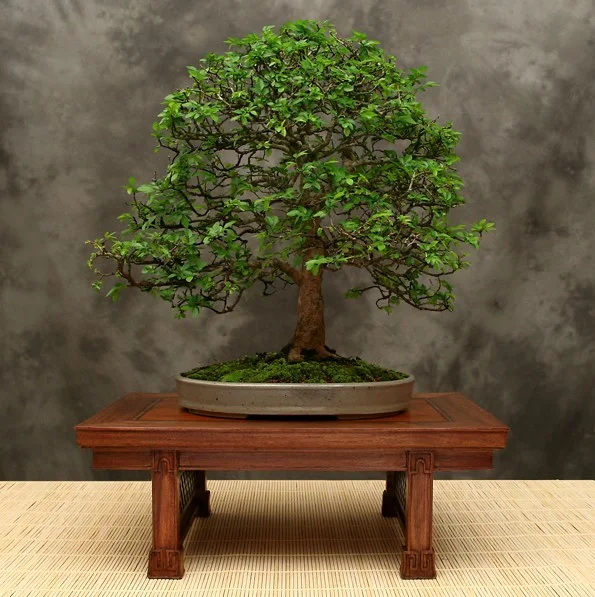
How Bonsai Trees Reflect Japanese Culture
Japanese bonsai is the art of growing what looks like miniature trees in low-sided containers. According to Bonsai Tree Gardener, bonsai is derived from the word "bon" which means "pot" and "sai" which means planting. Bonsai encourages contemplation. Bonsai is an art form that is centered on five design elements: miniaturization, poignancy, no trace of the artist, proportion and asymmetry. These design elements if used properly can yield superior results. Bonsai highlights the ingenuity and the hard work of the creator.
Japanese Culture
Japanese culture has many different facets. It is a different culture than the culture of the west. Their culture is highlighted by the movies, comic books and TV shows exported to the west. Western culture is influenced by its Judea-Christian belief in god. The belief in god is less pronounced in Japanese culture. One of the religious beliefs in Japan is Zen Buddhism. Zen Buddhism has influenced Japanese art. The art of bonsai reflects some of Japanese culture and it reflects Japan’s religious beliefs.
Wab-sabi
Wabi-sabi is the Japanese aesthetic that influences all of Japanese art. Zen Buddhism is the originator of the Japanese Wabi-sabi aesthetic. It is centered around three principles. They are imperfect, incomplete and impermanent. This is contrasted with the western aesthetics that are influenced by a belief in god. The west view of god is that god is perfect, all-powerful and eternal. Wabi-sabi is part of the culture of Japan and it influences how bonsai is done.
The shrinking of trees promotes the design principle of imperfection. A tree that is not able to obtain full size is seen as imperfect. People in the west have an attitude that “bigger is better.” This western ideal probably comes from the west’s belief in god. God is generally believed to be big. In Japan the belief in god is not as strong. Their design aesthetic is not as influenced in god as it is in the west. The difference in salary in Japan is not as large as it is in the west. Japan is not as impressed with things that are overtly large as people in the west are.
The Japanese are generally considered to be hard working. They have managed to have one of the largest economies in the world thanks to this hard work. Another culture might grow a tree and say this is good enough. One tree looks as good as any other, and why bother with the extra work. There is a lot of hard work that goes into making a bonsai tree. The tree must be watered regularly. The branches must be pruned carefully so that “no trace of the artist shows.” The tree is manipulated so that it grows according to a general design scheme and not the way the tree naturally grows. The hard work of bonsai is to create something that is attractive. It has no productive use, for instance it does not produce food. Producing something that has no useful value and that takes effort shows the value the Japanese place on work.